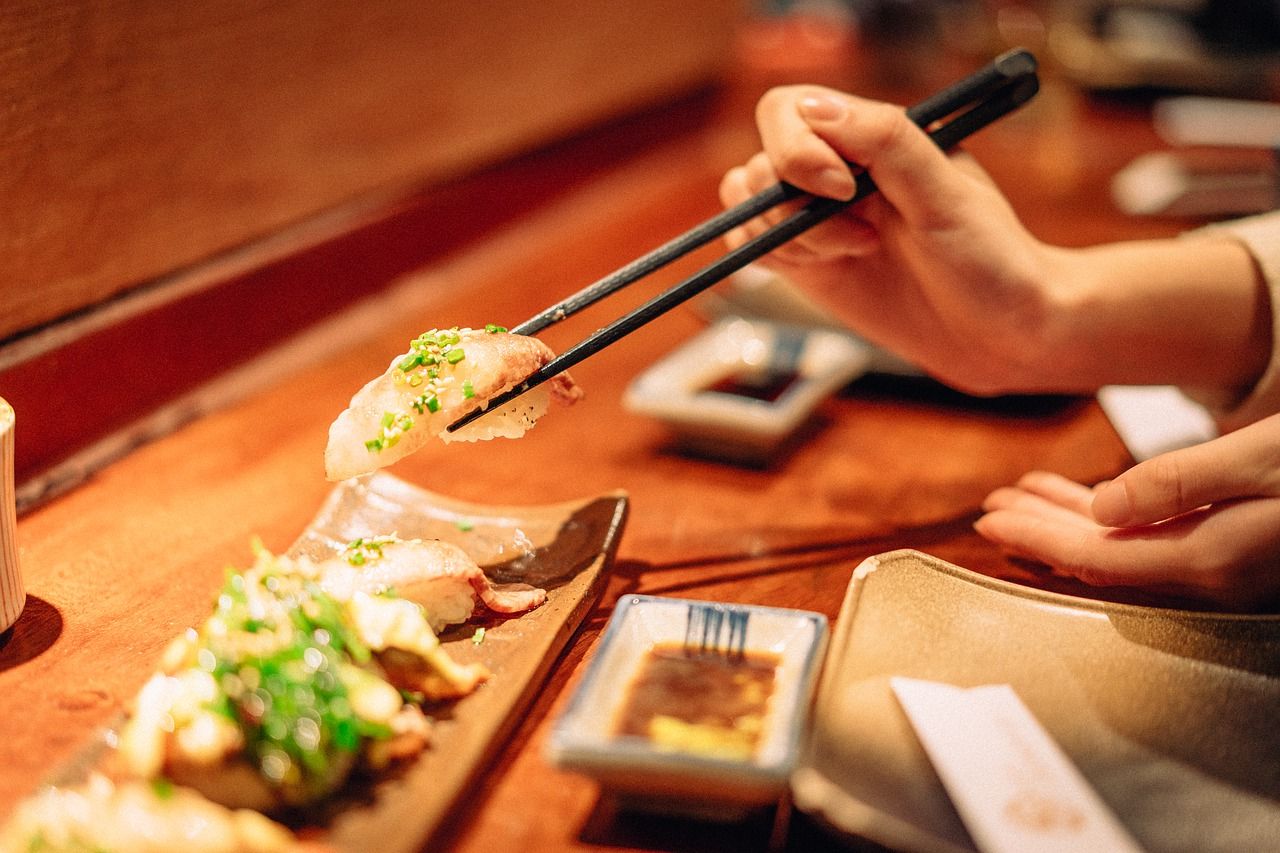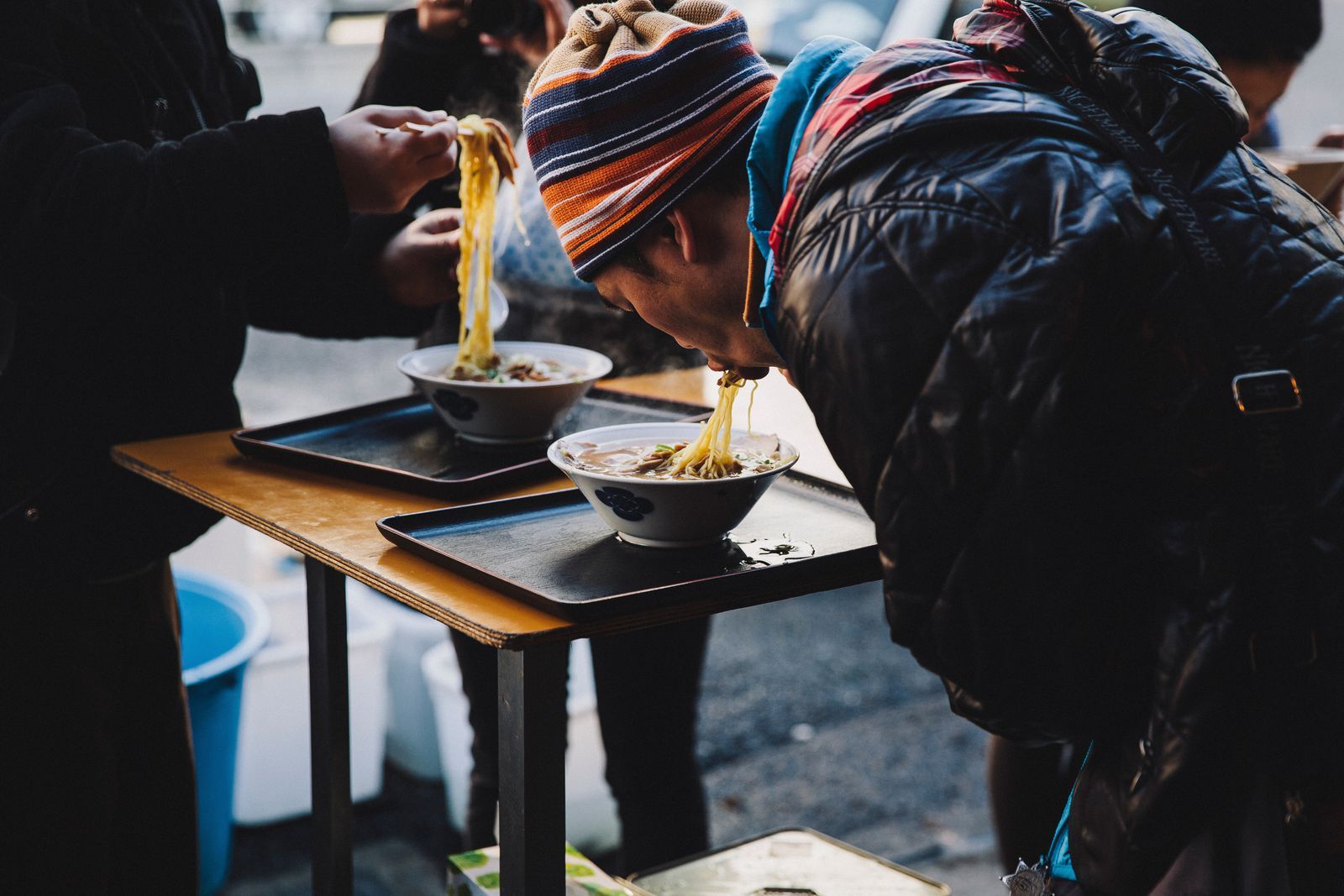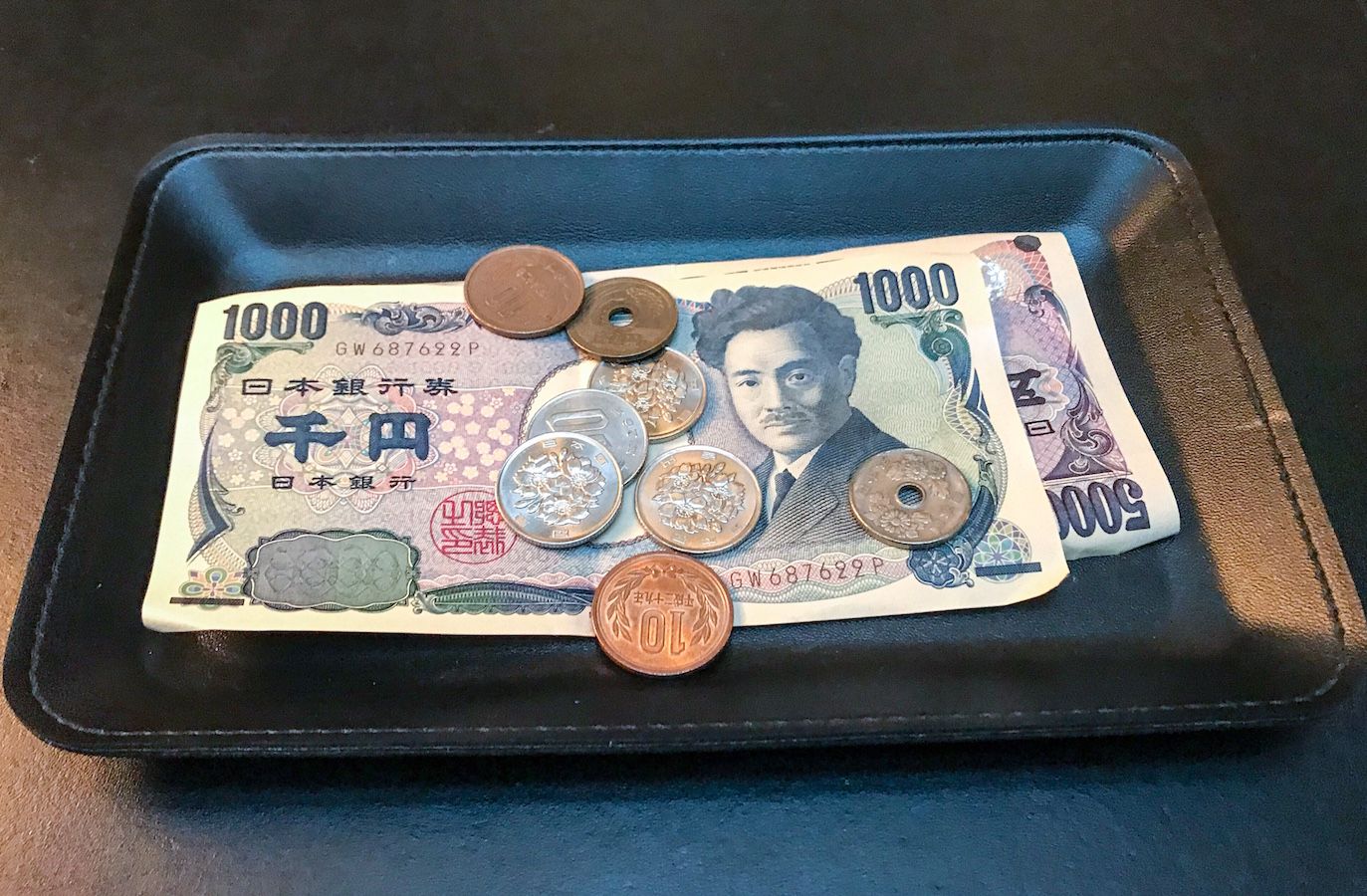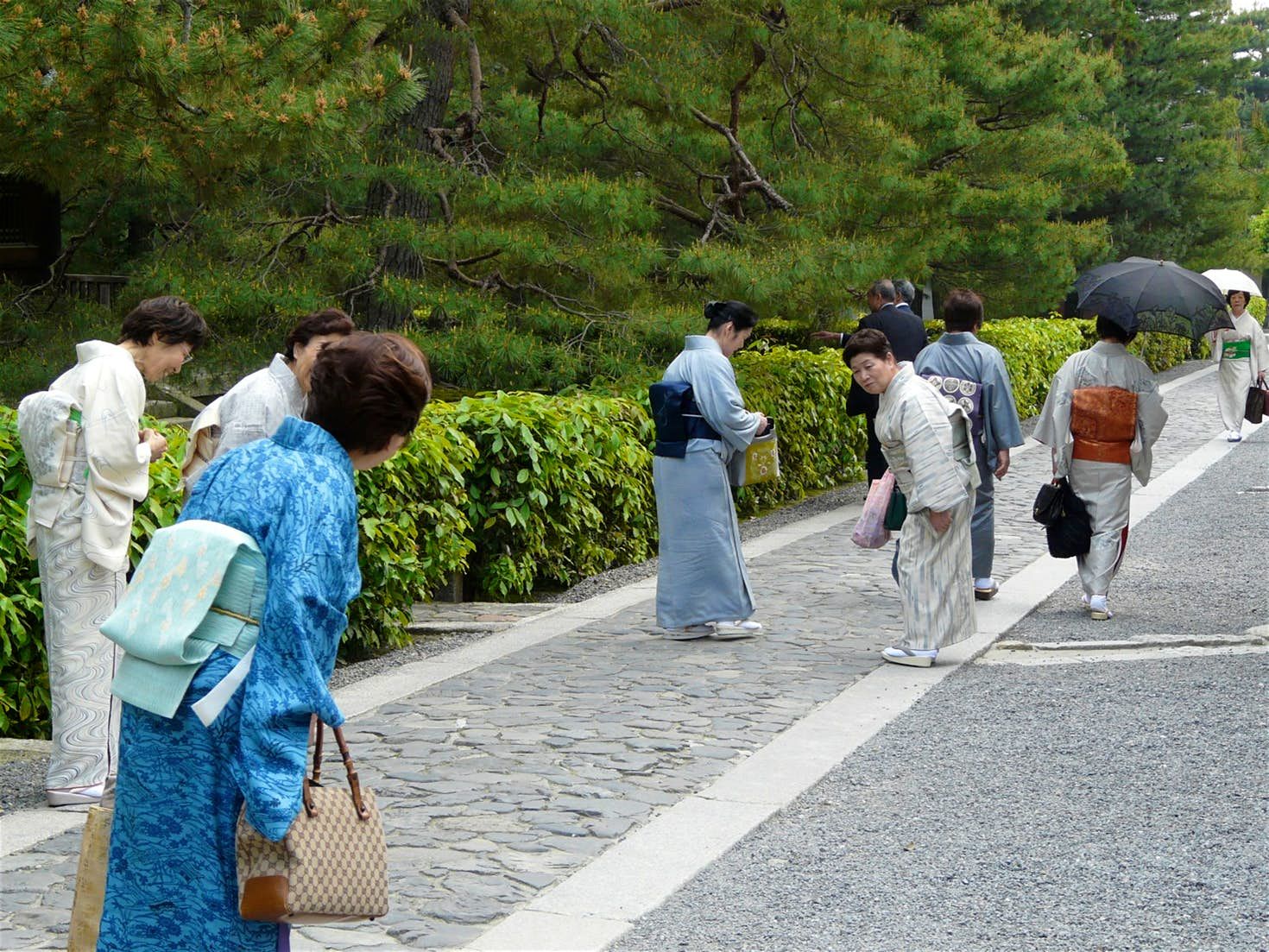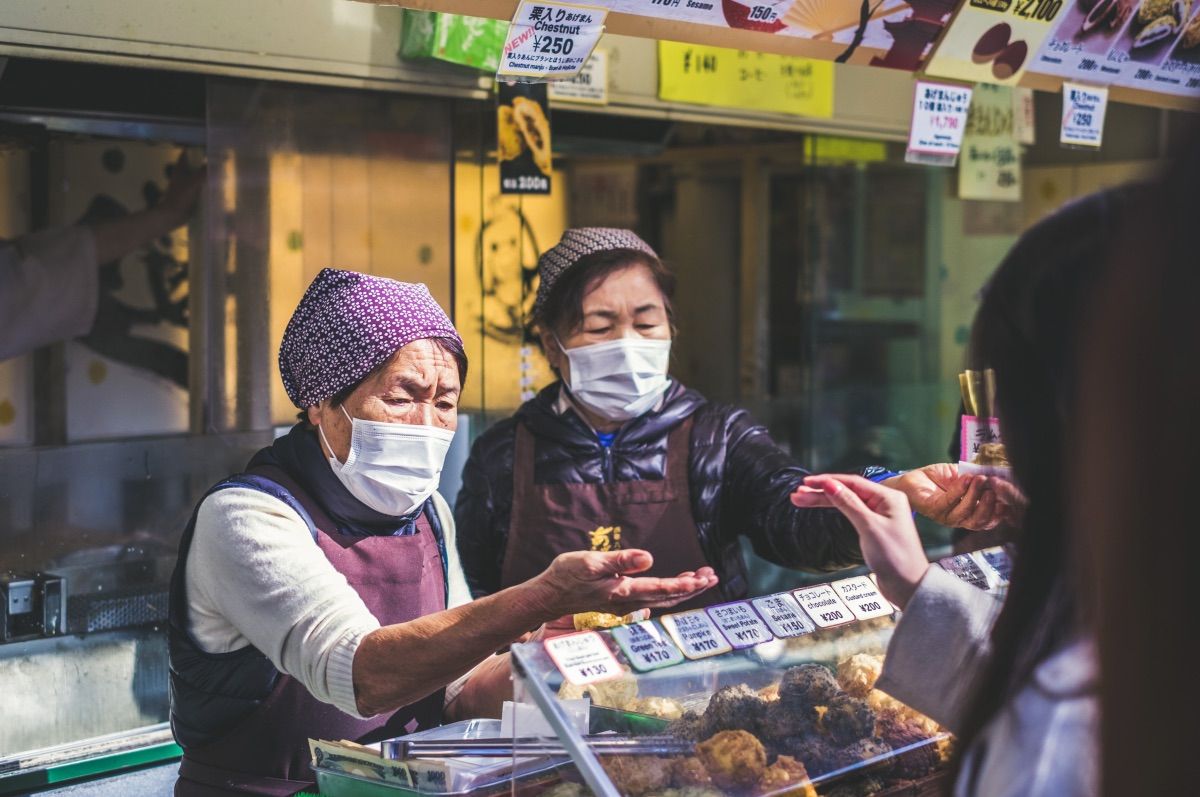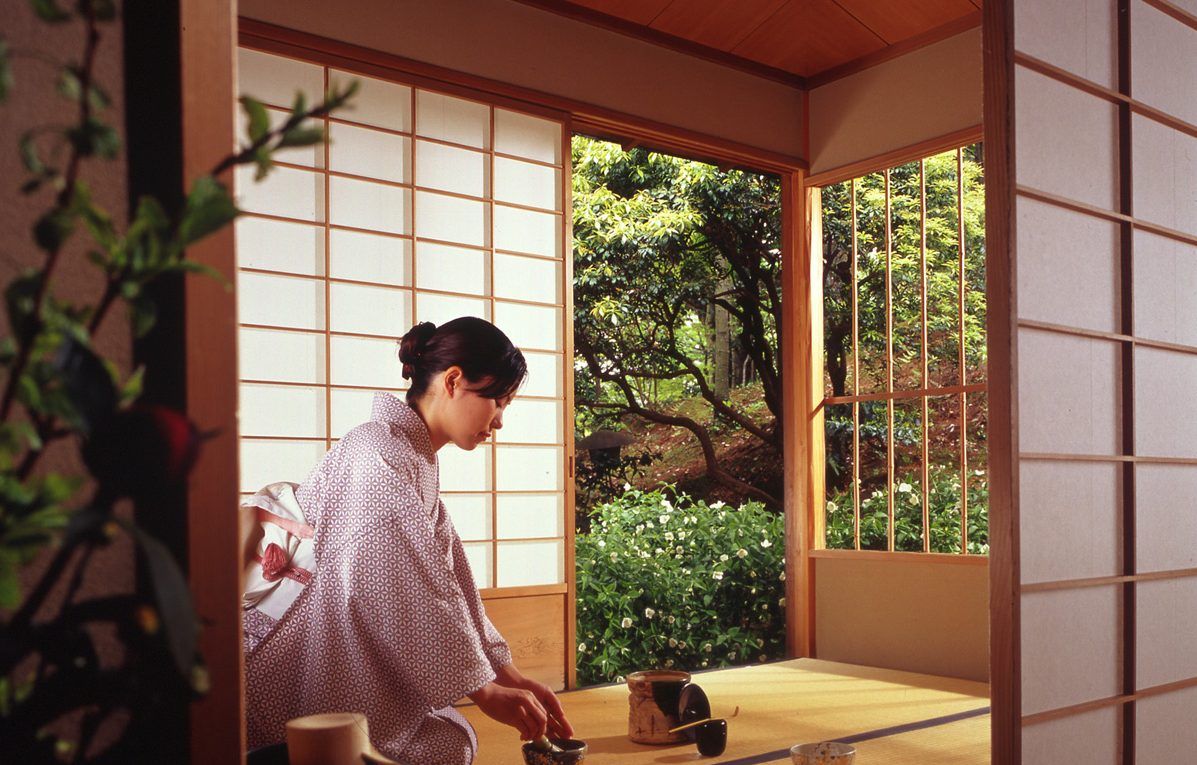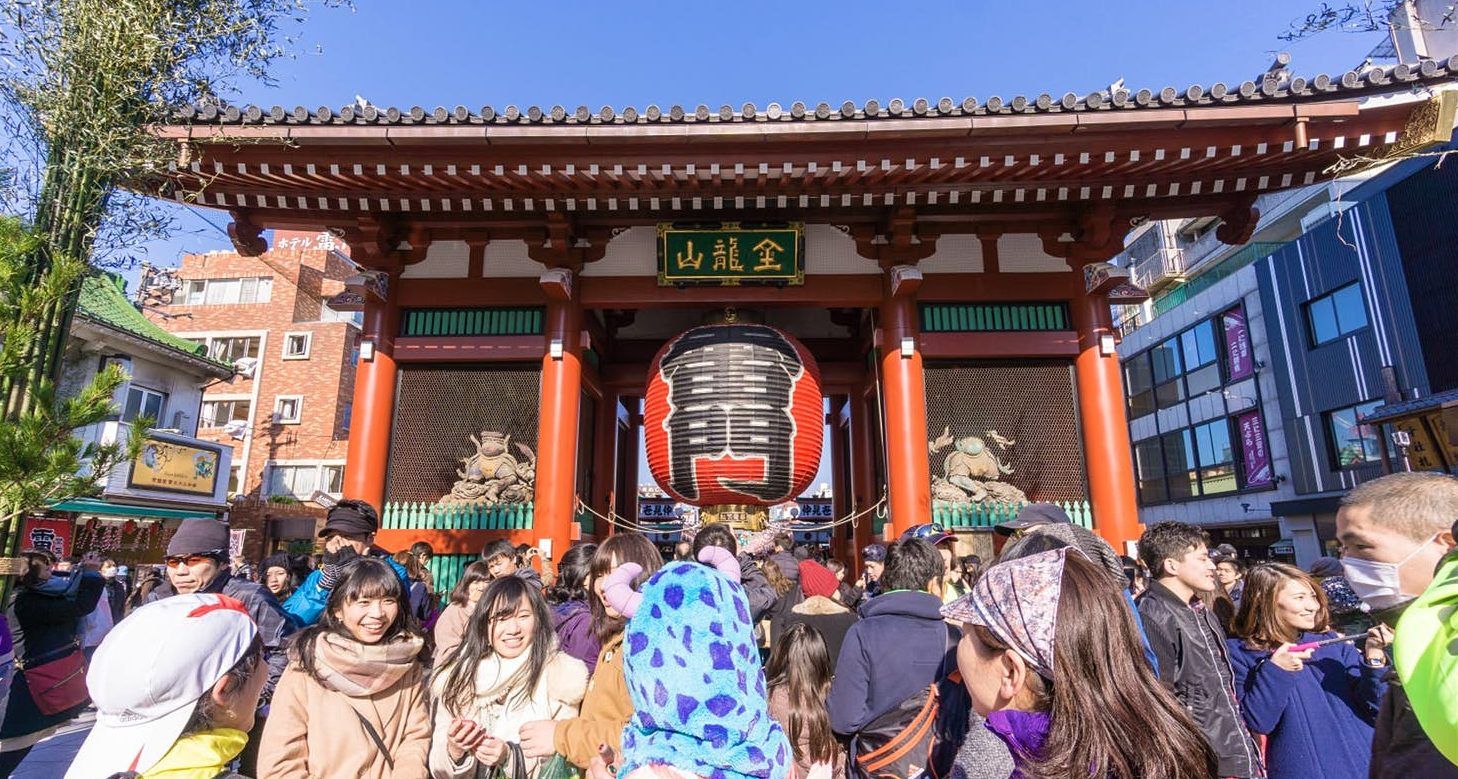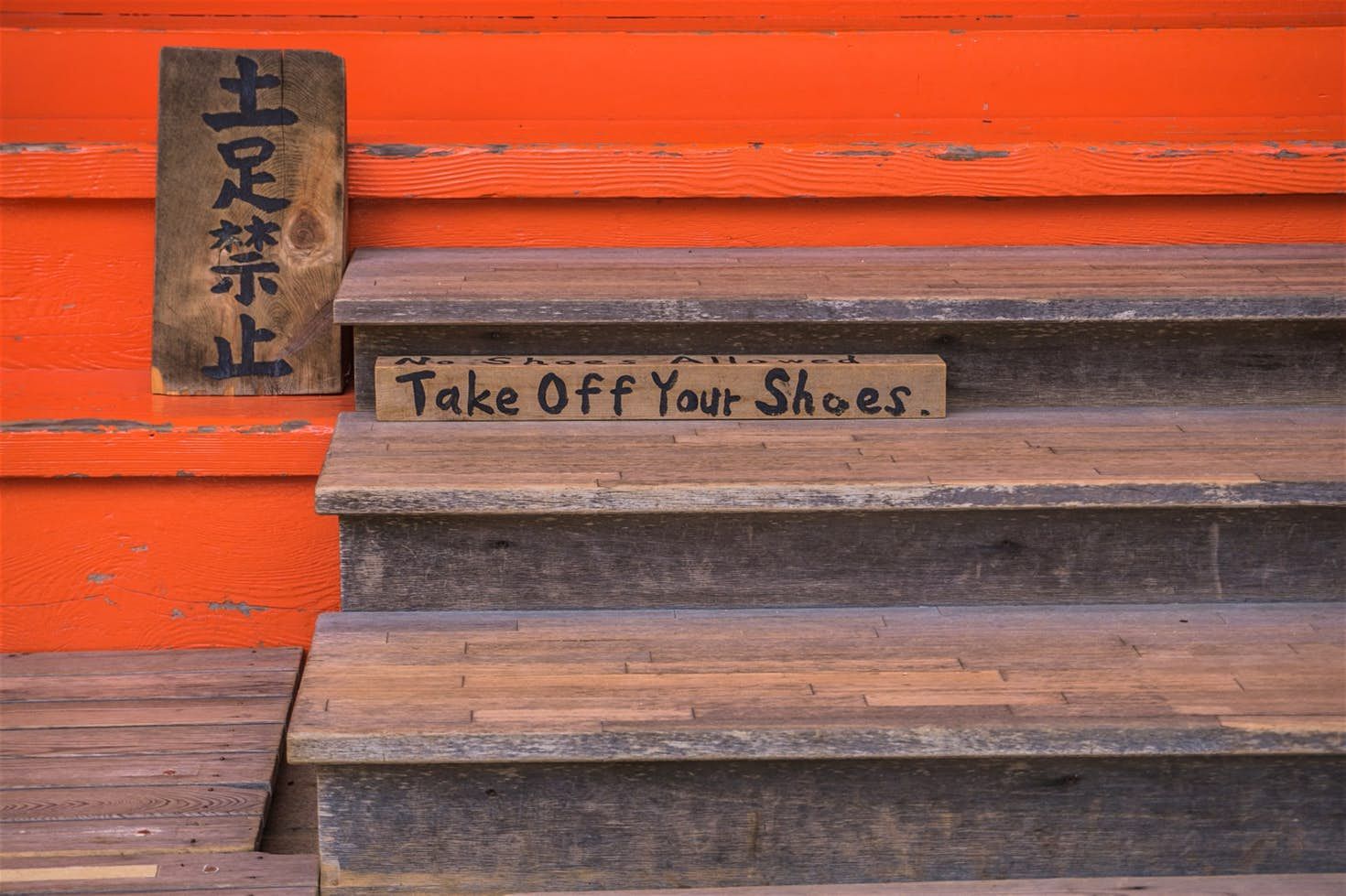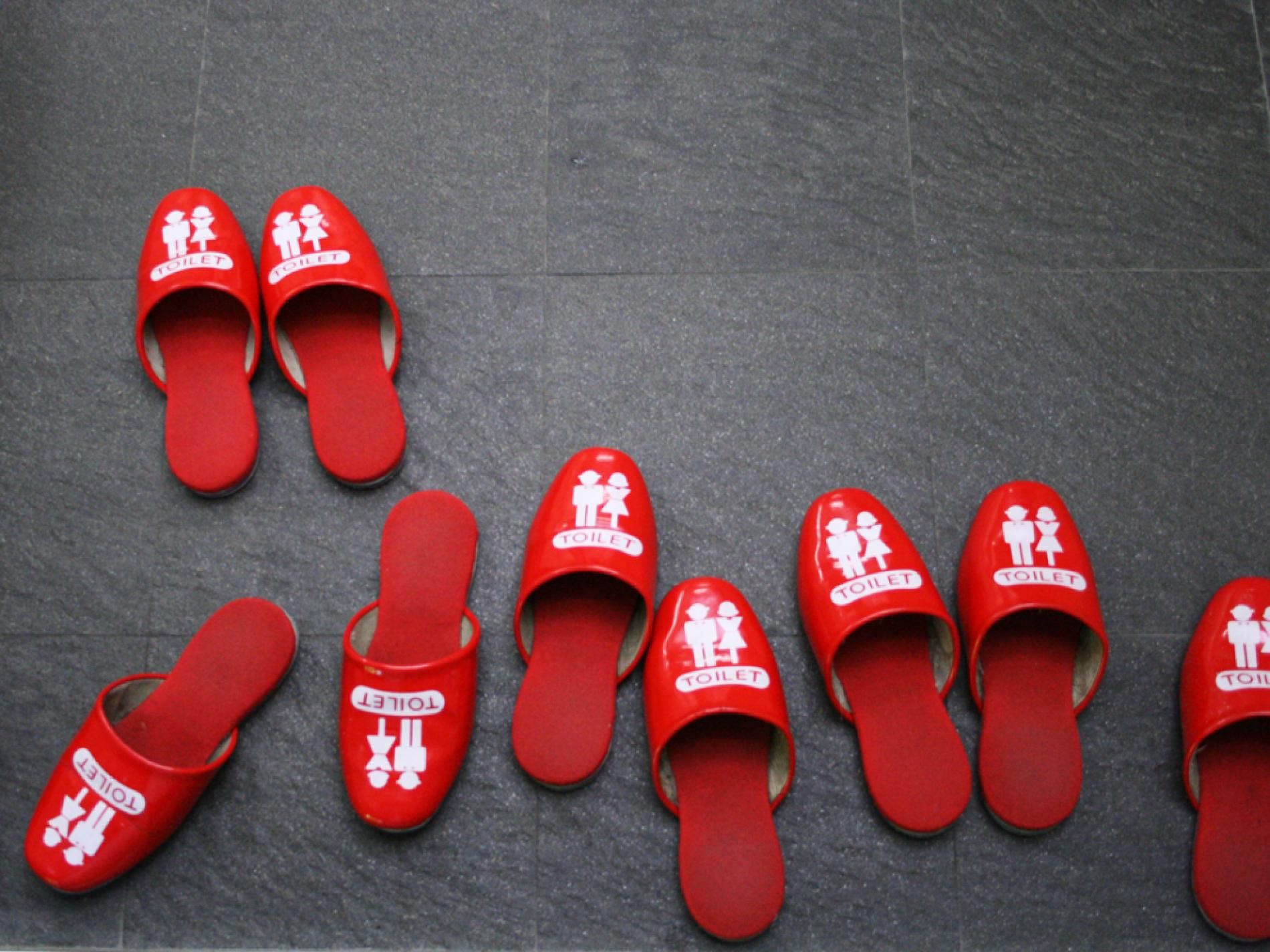Both in terms of culture and geography, Japan is miles away from the United States. First-time visitors to the Asian country might be caught by surprise by how different the culture is. Here, things that seem perfectly normal at home are frowned upon, while other things that seem odd to the western traveler are an everyday occurrence.
RELATED: 10 Incredible Sunken Forests That Will Take Your Breath Away
To avoid sticking out like a sore thumb in Japan, it’s a good idea to become familiar with the general guidelines for social etiquette. While some of it comes down to common sense, many of the rules will probably come as a shock! Here are 10 etiquette tips that every traveler visiting Japan needs to know.
10 Chopstick Etiquette
There’s a certain chopstick etiquette that should be followed in Japan. When it comes to things you don’t want to do, pointing them at another person is at the top of the list. You also don’t want to wave them in the air for any reason or poke your food with them like a spear.
You’ll also want to avoid sticking your chopsticks into a bowl of rice, or passing from food between chopsticks, as these practices both resemble funeral rites. And when serving yourself from a communal dish, use the end you don’t put in your mouth to grab the food.
9 It’s Actually Okay To Slurp
Slurping is considered extremely bad form at dinner parties in the west, but it’s standard practice when eating noodles in Japan. You will find that fellow diners are slurping as noisily as possible in any restaurant, and nobody will be batting an eyelid.
RELATED: 10 Things To Know Before Visiting Munich’s Oktoberfest
The Japanese version of “bon appetite” which literally translates to “I will receive” is i-ta-da-ki-mas. Say this to impress locals and show them that you’ve gone to the effort of educating yourself about some of their culture. You can also say oi-shii, meaning “delicious” throughout the meal.
8 Money Isn’t Passed From Hand To Hand
In many countries, passing money from hand to hand is natural. In Japan, it’s rarely done. When you buy something, there will be a small tray provided to you, and this is where you’ll put your cash. Similarly, any change will be placed in this tray, rather than directly in your hand.
RELATED: 10 Largest Bird Sanctuaries In The World (And Where To See Them)
According to Boutique Japan, you’ll come across this practice everywhere from convenience stores to cafes and restaurants, to train stations, and even at your hotel. Whether you’re ordering Starbucks or visiting a traditional tea house, remember to look out for the tray!
7 Bowing Is The Norm
One of the most well-known customs in Japan is to bow when greeting someone, rather than shaking their hand. This can feel a bit odd when you’re used to shaking hands and can take a little getting used to. But particularly in touristy parts of the country, many locals have grown accustomed to shaking hands in order to accommodate travelers from overseas.
Aside from a way of greeting others, bowing is also used to thank someone or to apologize. Generally, the deeper the bow goes, the more respect is being shown.
6 Tipping Only Causes Confusion
In countries like the United States, tipping is the norm. In Japan, though, you’ll want to avoid leaving tips at places like bars and restaurants, or in taxis. It only causes confusion. Because it’s not part of Japanese culture, a tip will probably be rejected, even if the service was phenomenal.
RELATED: 10 Affordable Family Vacation Destinations Kids Will Actually Like
It’s also not required to tip a guide while in Japan, but many travelers still feel the need to. While guides are more likely to accept tips, the correct way to go about it is to first put the money in an envelope and then hand it to the guide.
5 Don’t Pour Your Own Drink
This is one etiquette tip that is similar to guidelines about manners in the west. When pouring drinks from a communal bottle during a dining experience, you should pour drinks for the other people at the table. While in the west you tend to pour for others first and then for yourself last, in Japan you shouldn’t pour for yourself at all.
RELATED: 10 Clothing Stores In Japan That Will Help You Fit Right In
Instead, someone else will pour your drink for you. It’s not customary to ever pour your own drink. Before drinking in Japan, say the equivalent of “Cheers!” which is kam-pai.
4 The Importance Of Quiet
Japanese noodle restaurants might be noisy with slurping, but almost everywhere else, silence is prized. On public transport, in particular, it is considered rude to speak on the phone. If you’re having a conversation with someone else on the bus or train with you, it’s expected that you keep your voices down. The idea is not to disturb other passengers.
You might hear announcements while on public transport that will ask you to switch your phone to silent. Generally, making any kind of unnecessary noise in public is frowned upon.
3 If Staying With Locals, Bring A Gift
If you’re staying with locals while in Japan, it’s polite to bring a small gift from your home country. This will be greatly appreciated, as gift-giving is a common practice in Japan, generally taking place to celebrate the change of season and moving homes, among other things.
RELATED: 10 Souvenirs You NEED To Bring Back From Japan
Bring simple souvenirs, chocolates, and other things only available in your country, rather than gifts that are expensive, eccentric, or showy. Anything too flamboyant is considered poor taste. In Japan, gifts are also given and received using two hands instead of one.
2 Bring Shoes That Are Easy To Take Off
On any trip to Japan, you’ll want to remember to pack shoes that are easy to get on and off. That’s because you’ll be required to slip off your shoes in many buildings in the country. Before entering someone’s house, a traditional Japanese inn known as a ryokan, or any area with tatami matting, you’ll be asked to take off your shoes.
Don’t make it harder for yourself by wearing shoes with laces and buckles that are awkward to get off. You’ll also want to make sure your socks are in good condition!
1 The Deal With Bathroom Slippers
When visiting ryokan, and traditional Japanese gastropubs called izakaya, you’ll discover that there are slippers provided which have been specifically designed to be used in the bathroom. There’s a certain etiquette to follow here. Leave your non-bathroom slippers outside of the bathroom, and put the bathroom slippers on while in the bathroom.
Always remember to switch back into your non-bathroom slippers when leaving the bathroom. According to Boutique Japan, if you don’t (and many tourists tend to forget), you might be greeted with gentle laughter when you return to your table!
NEXT: 10 Weird (But Real) Facts About Japan Most People Never Knew

